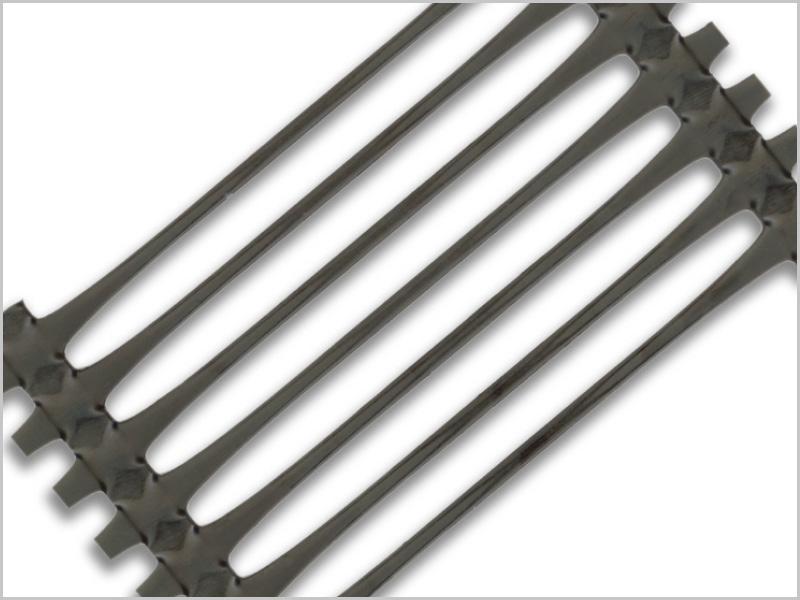
GEOGRIDS FOR SOIL STABILISATION AND GROUND REINFORCEMENT
Geogrids are essential geosynthetic materials engineered to reinforce soil and improve ground performance in civil construction projects. These high-strength grids enhance load distribution, prevent ground movement, and extend the lifespan of infrastructure such as roads, retaining walls, and embankments.
Ideal for both temporary and permanent applications, geogrids are a cost-effective and environmentally responsible solution for improving ground stability and performance in challenging site conditions.
WHAT ARE GEOGRIDS AND HOW DO THEY WORK?
Geogrids are polymer-based mesh structures designed to interact with soil and aggregates, providing reinforcement through tensile strength and interlock. When placed within or beneath granular layers, geogrids reduce lateral displacement, improve compaction, and enhance load-bearing capacity.
They are particularly effective in stabilising weak or variable soils, reducing the need for over-excavation and thick base layers.
Types of Geogrids for Civil and Construction Projects
Choosing the right type of geogrid is key to achieving optimal performance. Our range includes:
Biaxial Geogrid
Engineered for load support in two directions (longitudinal and transverse), biaxial geogrids are ideal for subgrade stabilisation, pavement reinforcement, and base layer improvement. They enhance aggregate confinement and reduce rutting in road construction.
Triaxial or Multiaxial Geogrids
With a triangular aperture design, triaxial geogrids distribute forces in multiple directions for superior stabilisation. They are perfect for working platforms, haul roads and access tracks built over soft or unstable ground.
High-Strength Uniaxial Geogrids
Designed for use in reinforced soil structures, uniaxial geogrids deliver exceptional tensile strength in one direction. They are used in the construction of retaining walls, steep slopes, bridge abutments and embankments on soft soils.
Key applications of Geogrid
Geogrids are trusted by engineers and contractors across multiple sectors for their versatility and strength. Common applications include:
Subgrade and Pavement Stabilisation
Reinforce weak subgrades and reduce maintenance in roads, highways and car parks.
Retaining Wall and Slope Reinforcement
Provide internal stability for soil structures in retaining walls and slope reinforcement, which enables steeper, more space-efficient designs.
Working Platforms for Heavy Equipment
Create stable, load-bearing platforms for cranes and construction machinery.
Embankments Over Soft Soils
Support embankments, and causeways in challenging ground conditions, preventing differential settlement.
Benefits of Using Geogrids for Soil Reinforcement
Improved Structural Performance
Enhances soil strength and stiffness, reducing deformation and settlement.
Reduced Construction Costs
Allows for thinner aggregate layers and less excavation, lowering material and transport costs.
Faster Installation
Simple to install and integrate into existing construction workflows, helping accelerate project timelines.
Environmentally Sustainable
Minimises environmental impact by reducing the need for imported fill and natural resources.
Why Choose Geofabrics for Your Geogrid Needs?
With decades of expertise in geosynthetic engineering, Geofabrics offers high-performance geogrids backed by technical support, design guidance, and nationwide distribution. Our range is tested for durability, load capacity, and environmental resilience—ensuring long-term performance in even the most demanding conditions.
Request a Quote or Technical Advice Today
Whether you're building a road, reinforcing a slope, or stabilising a platform, our geogrid solutions deliver reliable, cost-effective results. Contact our expert team to discuss your project and find the best geogrid product for your needs.



